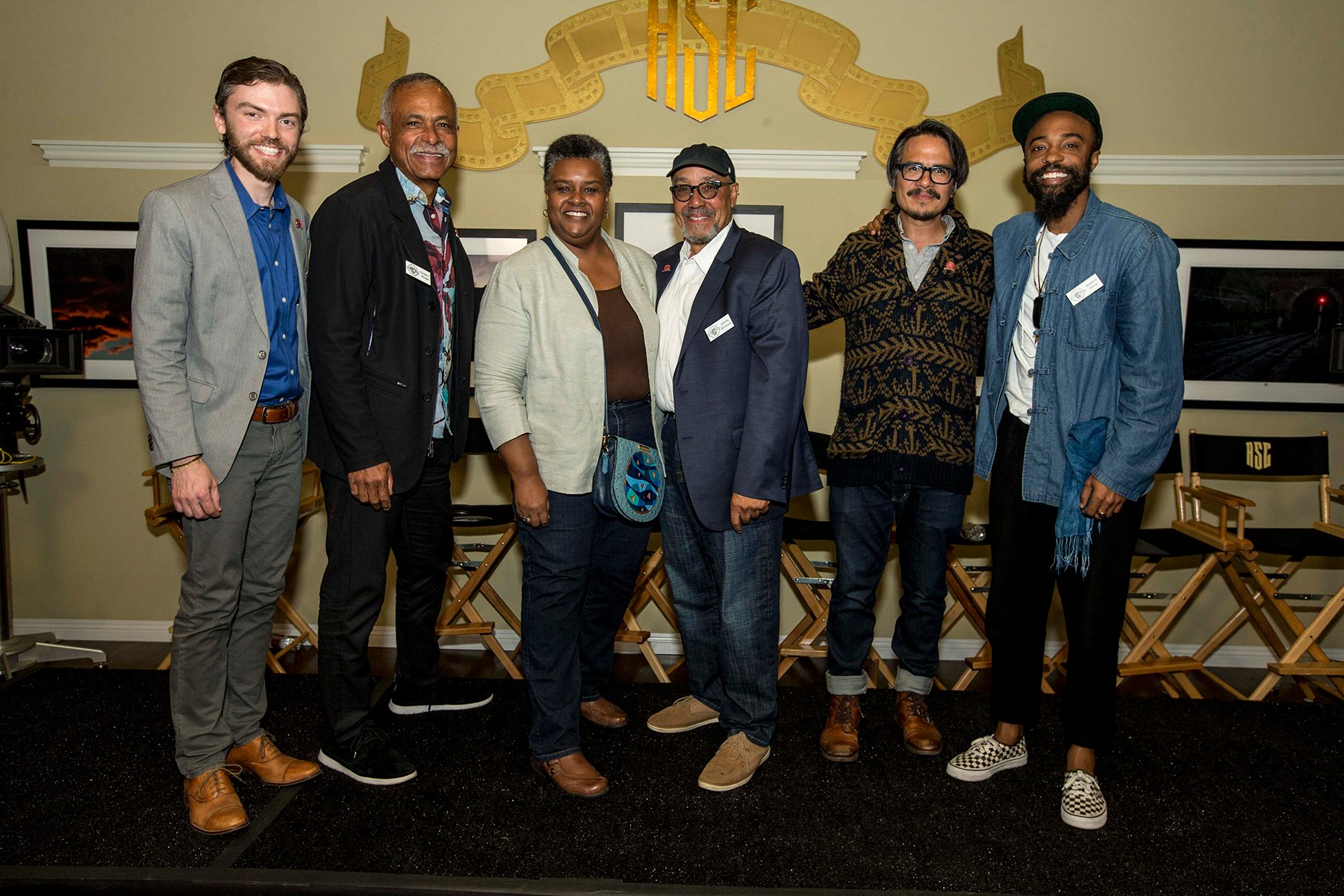
Changing the Face of the Industry — Part I of III
Cinematographers and other motion picture professionals gather to celebrate diversity, inclusion and discussion — and start a process of moving forward.
Cinematographers and other motion picture professionals gather to celebrate diversity, inclusion and discussion — and start a process of moving forward.
Event photos by Willie Toledo
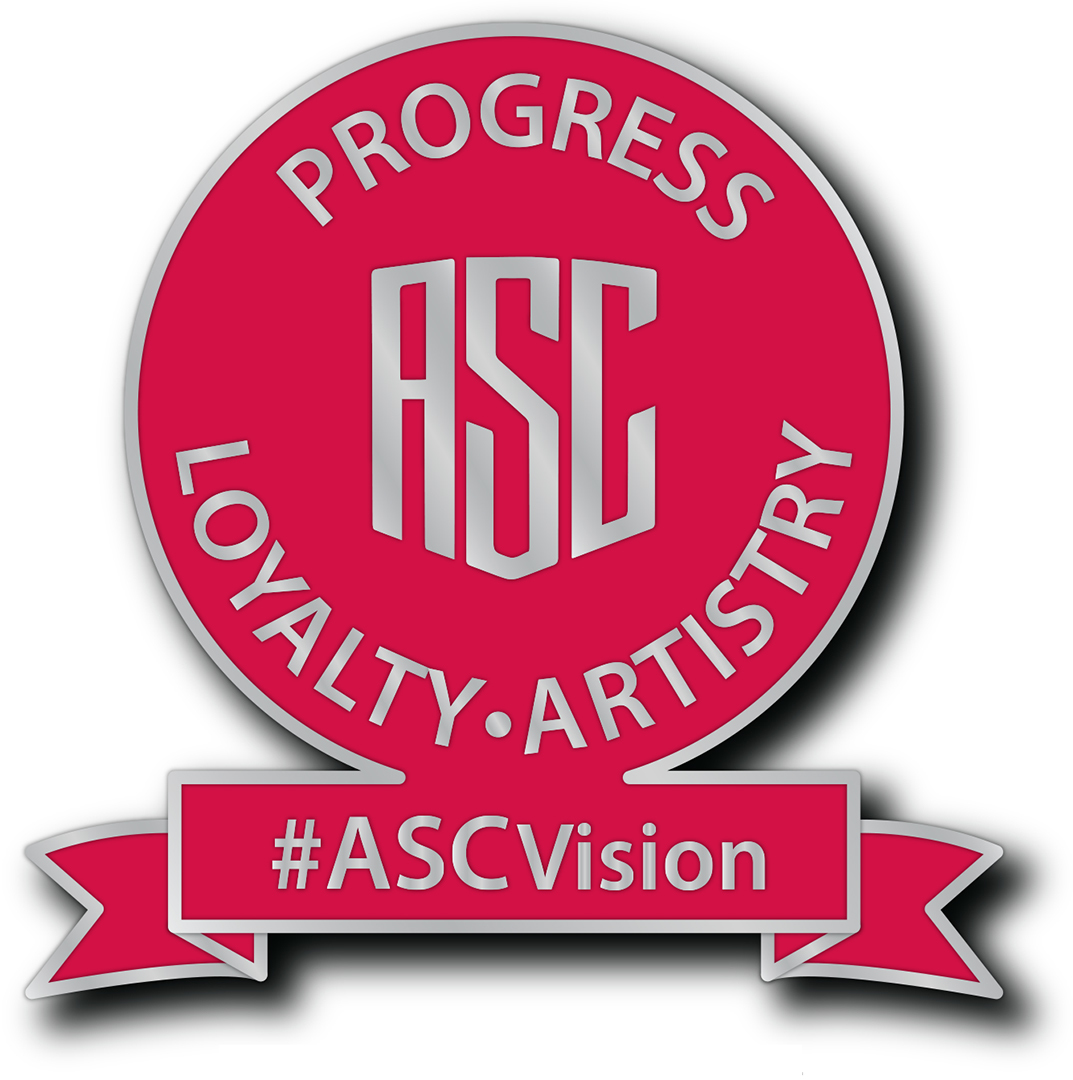
On Saturday, April 21, the American Society of Cinematographers and the ASC Vision Committee hosted a groundbreaking event entitled “Changing the Face of the Industry,” sponsored by Netflix, highlighting the issues that cinematographers who are women and people of color have in breaking into an industry that has historically not welcomed them. The mission of the ASC Vision Committee — co-chaired by ASC members Cynthia Pusheck and John Simmons — is to “encourage and support the advancement of underrepresented cinematographers, their crews and other filmmakers, and to inspire us all to enact positive changes through hiring talent that reflects society at large.”
“The numbers don’t tell everything, but they
do tell us that we haven’t achieved
what we need to do.”
The daylong “Changing the Face” event, held at the historic ASC Clubhouse, was standing room only, with an engaged and truly diverse group of Society active and associate members, cinematographers, crew people and many guests.
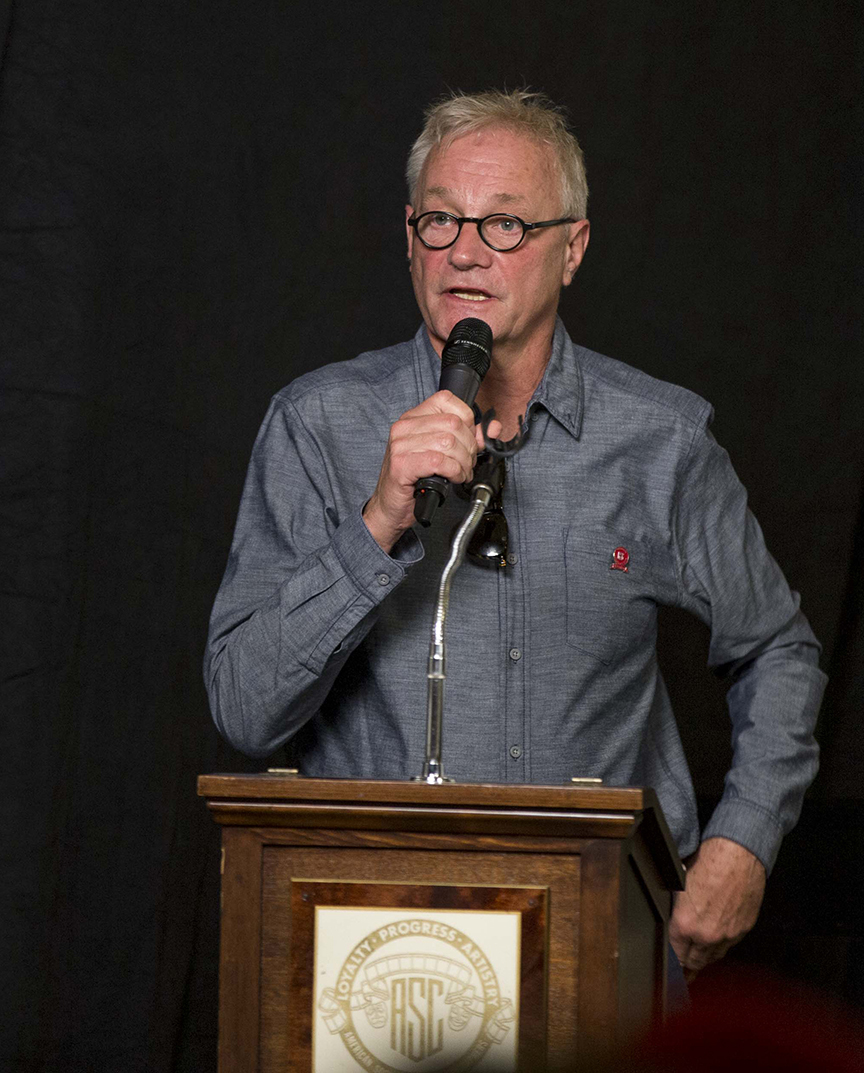
ASC President Kees van Oostrum welcomed the assembled audience in the main room of the Clubhouse, noting that this is the second ASC Vision Committee event of the year. “There’s more inclusion at different levels every time,” he said. “The event will be a great mix of informing you, but another important aspect is socializing. You’ll be able to meet with our members, who have grown up in a world of change.”
In regard to the goal of fostering a diverse behind-the-scenes film/TV industry, van Oostrum admitted that, “we’re not in the right place at the moment — the numbers don’t tell everything, but they do tell us that we haven’t achieved what we need to do. Let’s see how we can create a new world in which despite of race and gender, you can be part of our industry. We all have an equal right to be there.”
“All of us benefit from broadening opportunities, dreams and goal of the underrepresented.”
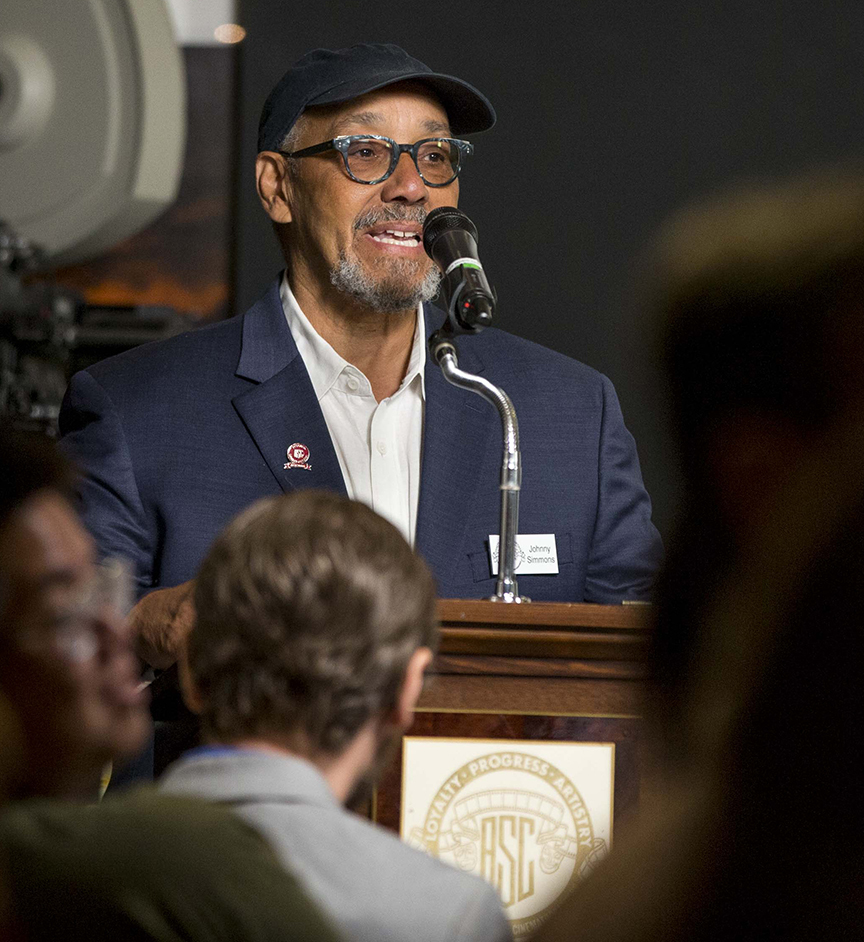
Simmons, who snapped a photo of the impressive crowd as he took the podium, described the history of the ASC Vision Committee. “It was created in 2016 when Richard Crudo, ASC was president,” he said. “He appointed Cynthia Pusheck and me to chair it. She’s a cinematographer in demand and that’s our goal — for all of you here to be cinematographers in demand, to promote what a diverse film community looks like. The purpose of the event is to inspire change and expand our network. It starts with awareness, and it’s our intention to raise awareness. Today’s event is very important to the future of our industry.”
Encouraging attendees to share the hashtag #ASCVision, Simmons added that, “All of us benefit from broadening opportunities, dreams and goal of the underrepresented.”
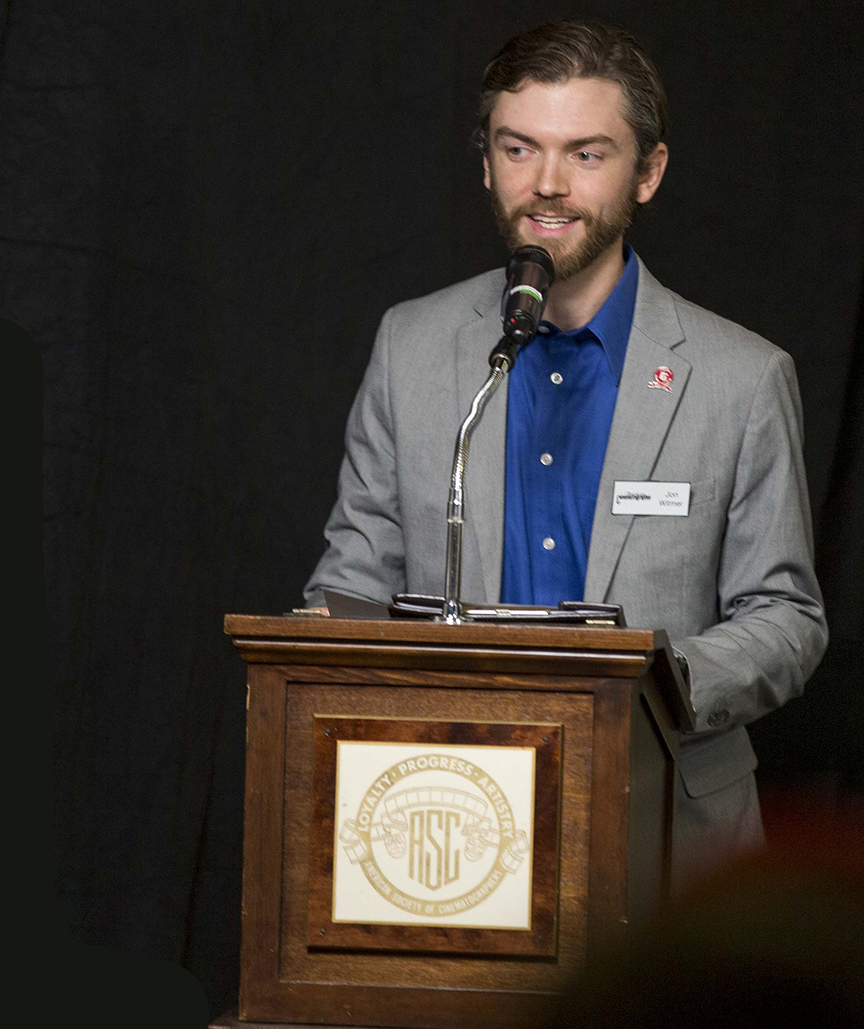
American Cinematographer managing editor Jon Witmer, who moderated the day’s event, introduced the first speaker, Dr. Stacy Smith, founder and director of the Annenberg Inclusion Initiative at USC’s Annenberg School for Communication & Journalism where she is also an associate professor. Smith opened by referring to actor Frances McDormand’s acceptance speech at the 2018 Academy Awards ceremony. McDormand puzzled Oscar audiences with her exhortation for an “inclusion rider,” but Smith was thrilled. “‘Inclusion rider’ was something I’d come up with years ago, and even written an opinion piece on it for The Hollywood Reporter,” she said, adding that she also gave a TED talk on the topic.

“We need an inclusion rider,” Smith continued. “Implemented by an A-lister in their contract, it can stipulate that those roles reflect the world in which we actually live. It ensures that all groups belong in front of and behind the camera.”
“The needle hasn’t moved since 1946. Less than one-third of the individuals who speak [in movies] are girls or woman, and there’s been no change on the screen in over 70 years.”
The Annenberg Initiative is a think tank that studies diversity and inclusion in entertainment through original research and sponsored projects. Through its many research projects, the Initiative hopes to “offer insight and evidence to industries on where diversity is needed and how to achieve it.”
In one study, the Annenberg Initiative examined the top 100 grossing films of 2016, counting every speaking and named character for demographics, domesticity and sexualization. “All these things matter,” said Smith. When it comes to leading ladies, only 34 out of the 100 movies depicted a female lead or co-lead and, of those, three were from under-represented racial/ethnic groups and eight were 45 years or older. “The needle hasn’t moved since 1946,” she said. “Less than one-third of the individuals who speak [in movies] are girls or woman, and there’s been no change on the screen in over 70 years.
“When we turn to the nature of the portrayals, we see girls and women are likely to be sexualized, more likely to be shown in sexy attire, referenced as attractive and have some nudity in their scenes,” she said. “They are also more likely to be thin than their male counterparts. In animation, their waists are the circumference of their upper arms.”
“When you think ‘cinematography,’ you also
think ‘male.’ Until we change this, it will
prevent women from being brought into
these roles.”
Moving to ethnicity, Smith emphasized that, “Hollywood is still so white. Among the 30 percent of speaking characters, African Americans are almost at representational. But this is problematic. When we cross gender and race and look at the top 100 films, we find that 47 movies didn’t feature a single African American woman or girl speaking even a single word; 66 movies didn’t feature an Asian female and 72 percent had no Latinas, and over 90 films didn’t show a woman from the LGBTQ community.”
Getting inclusion behind the camera is often contingent on who’s directing, said Smith, but here the picture is even worse. “Four percent of directors are women, and only 2.2 percent of cinematographers are female, and these numbers haven’t changed in 11 years,” she said. “Out of 1,223 directors, only eight were women of color.” Put another way, for male and female cinematographers, the ratio is 45:1 — “and all these women were Caucasian,” Smith added.
Independent films and documentaries show more diversity. “With indie films, something interesting happens,” she said. “More girls and women in the center of the story, there’s more racial diversity, the films feature more women 40 years or older, and women are in key production roles. Women bring along other women.”
Although the so-called “glass ceiling” is blamed for this gross disparity in gender representation, Smith pointed to “Role Congruity Theory of Prejudice Towards Female Leaders,” a study conducted and published by Northwestern University professor Alice Eagly and Southern Illinois University at Carbondale professor Steven J. Karau. This theory proposes the belief that leadership traits align with masculine traits. “We think of leaders as assertive, controlling and tough,” said Smith. “They don’t align with feminine attributes of being nurturing, kind and helpful.”
As a result, cognitively, female traits and leadership are incongruous, whereas male traits and leadership are very close. “That’s why you think female directors are risky,” said Smith. “There are two consequences of this: women are not projected into leadership roles and when they do, they are often punished. If they act like a man, they’re punished for being bitchy but if they act feminine, they’re punished for not being aggressive enough.”
“The evidence is clear. Cognitive diversity creates a better product.”
The Annenberg Initiative spoke to thought leaders, asking them to define the attributes of a successful director. For fictional or narrative filmmaking the descriptions were “‘General Patton, tough as nails, muscular, aggressive, ambitious, rally the troops’ — it reinforces cognitively what blocks women,” said Smith. Likely, she said, “when you think ‘cinematography,’ you also think ‘male.’ Until we change this, it will prevent women from being brought into these roles.”
Smith was specific when discussing what does and doesn’t work to change the status quo. “Pledges don’t work; programs don’t work,” she said. “What has to happen is that we have to engage with companies, studios, production companies to change their hiring processes. We need a new paradigm for hiring, making sure that qualified and available talent from all backgrounds have access and opportunity to all positions.”
“We have to uncouple gender/race of the lead from decisions about directing and writing,” she continued. “We have to use economic analyses that account for all production, distribution and exhibition factors. We also need sophisticated economic models to challenge what’s greenlit at the studios. With below the line, we need to hold line producers accountable and go outside their network. They need a short list of individuals they interview, rather than hire the person they always work with.”
Smith encouraged all Hollywood guilds to be on board: “The evidence is clear. Cognitive diversity creates a better product. The inclusion rider is to put a stick in the wheel and make it come off its axle. It puts a clause in an actor’s contract that stipulates that equality must be part of the process for casting and filling behind-the-scenes roles. There’s a concern about safety, but if you want productions to be safe, make them equitable. Once there is equality in the cast and behind the lens, then we can be sure that everyone has an opportunity to be seen and heard in the film and behind the camera.”
Next in this report:
Part II: “Finding Gender Parity Behind the Lens,” a panel discussion with Sarah Caplan (producer, Crazy Ex-Girlfriend); Xiomara Comrie (Local 600 national diversity officer); Natasha Foster-Owens (HBO West Coast director of production); Rebecca Rhine (IATSE Local 600 national executive director); Dr. Stacy Smith; Tema Staig (Women in Media founder/director) and Alan Caso, ASC.
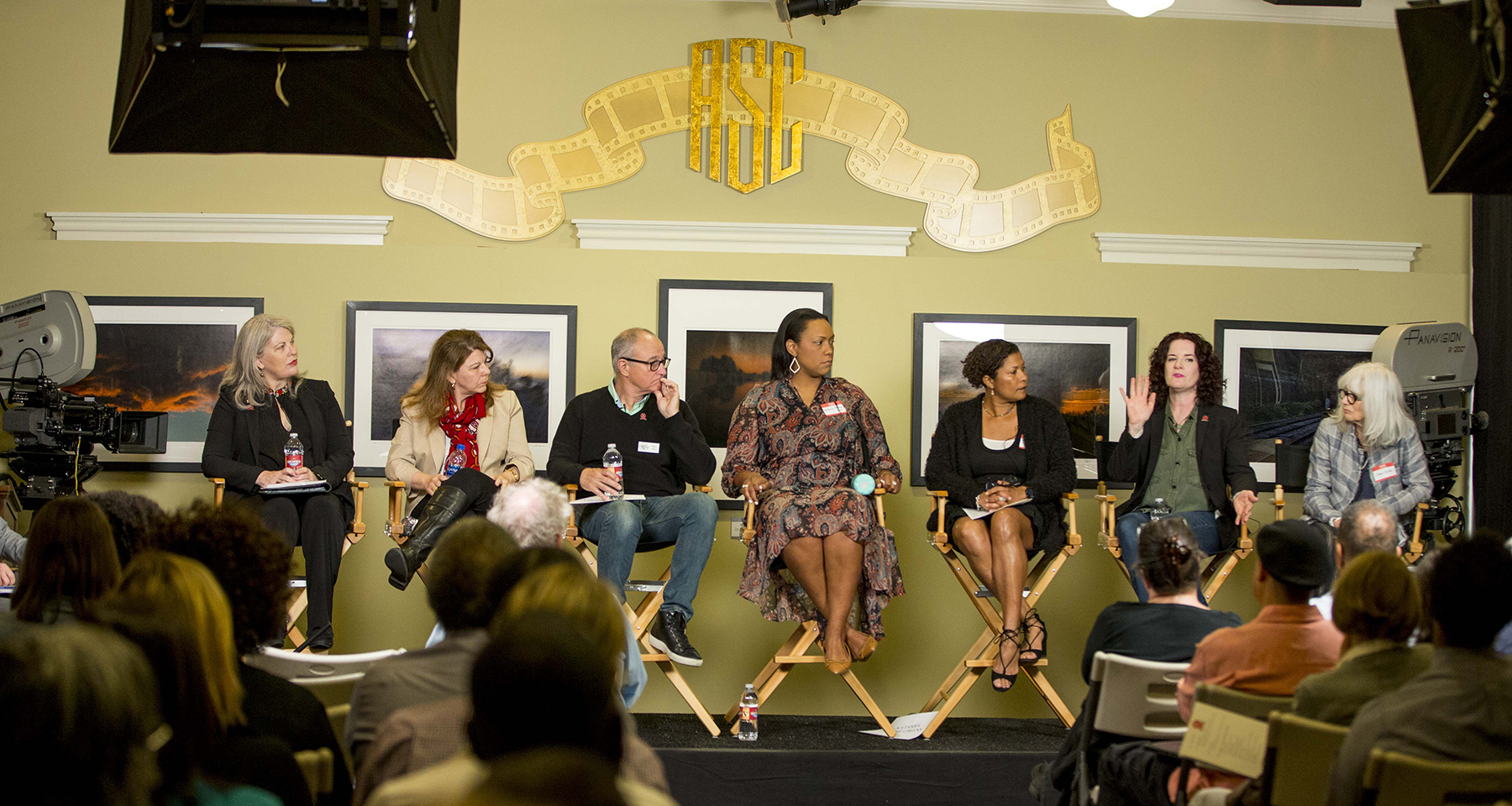
Part III: “Inspiring the Industry,” a panel discussion with camera operator Michelle Crenshaw; cinematographer Eduardo Mayen; Donald A. Morgan, ASC; John Simmons, ASC and Bradford Young, ASC.
